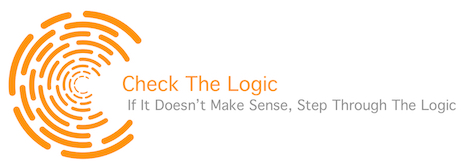3 Ways To Make It Easier for Good People To Find Each Other

When it comes to finding a life partner, “bad” people are not the problem. Decent people are the ones that make it difficult for other decent people to find suitable mates.
Traditional Dating
In the past, selecting a person for dating and marriage was tantamount to interviewing with a luxury boutique company. There was a 3-stage selection process. Initially, the candidate was screened based on appearance (i.e., natural beauty, grooming, attire, and mannerisms). Then, individuals were scrutinized based on their associations. (Ones friends and acquaintances defined them.) Lastly, individuals were evaluated based on their family’s social standing and history (medical, mental, and physical). The goal was to keep away from others who were untidy, sickly, shiftless, abusive, irreverent, mentally unbalanced, and/or criminally inclined.
Contemporary Dating
In modern times, it has become acceptable to emulate and associate with the “bad” guys. That is, decent people (of varying ages) have taken to dressing, behaving, and (regularly) associated with people who possess undesirable traits or are unpleasant. Instead of embracing, encouraging, and assisting these people to become a better version of themselves, good folk have seemingly blended with this group; the blending has made it difficult for an outside observer to differentiate between the two, without knowing the individuals personally.

 Modern Outcomes
Modern Outcomes
By the time a person gets to know the dating or marriage candidate, it’s difficult for the person to disentangle themselves emotionally. They often walk away from the relationship feeling deceived and disappointed as to why the person turned out to be different from what they expected.
Recommendation
To avoid this disaster, try adopting the following line of thinking:
- No selection system of any kind is perfect. Notwithstanding, having a system is better than not having a system; some systems work better than others.
- People are generally lazy. People want to exert the least amount of effort, yet gain the greatest result. So, embrace a selection system that makes the “bad” person work harder (not the good person).
- Take the following steps to put the onus on the “bad” person to change. (Since most people are lazy, there will likely be fewer of them working hard to deceive good people.)
- Step 1: Return to discriminating against people based on appearance. Focus on the things a person can change – grooming, attire, and mannerisms – rather than the things they naturally cannot (e.g., natural beauty).
- Step 2: Scrutinized a person’s associations – force decent people to disassociate themselves from the “bad”. There must be no reward for regular association with “bad” people.
- Step 3: Evaluate a person’s medical, mental, and physical wellbeing. Having this knowledge, helps a person avoid situations in which they have no or low tolerance.
What do you think?




